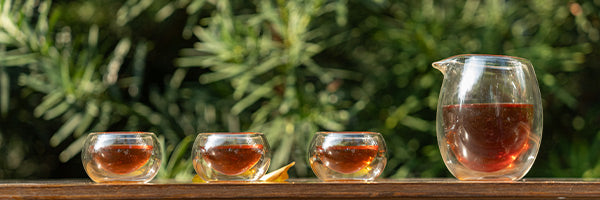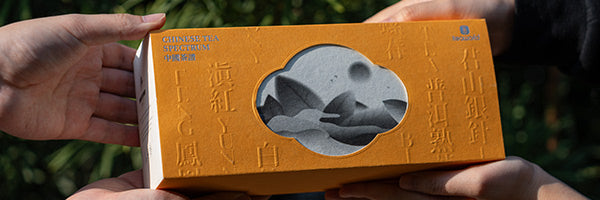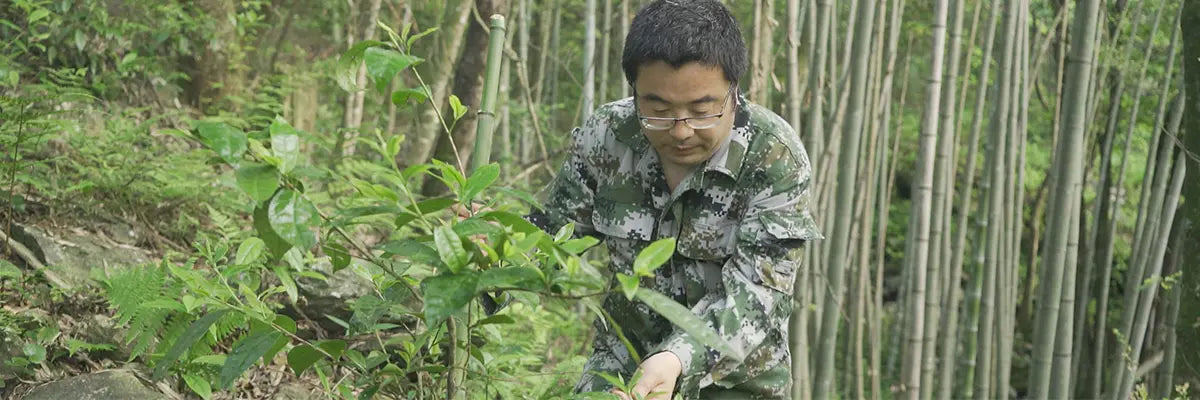Зеленый чай, имеющий древнюю историю, может похвастаться широким спектром сортов. Согласно статистике, в Китае существуют сотни сортов зеленого чая.
Что такое зеленый чай?
Зеленый чай получают из новых листьев или почек чайного дерева, неферментированных, полученных путем умерщвления, формования, сушки и других процессов, сохраняющих натуральные вещества свежих листьев, содержащие полифенолы чая, катехины, хлорофилл, кофеин, аминокислоты, витамины и другие питательные вещества.
Так в чем же разница между зеленым чаем и
улун , черным чаем?
Между этими тремя видами чая существует очень большая разница, но самое существенное отличие заключается в разных процессах производства.
Ниже приведены процессы производства трех видов чая:
Листовой зеленый чай: забивание, разминание, сушка. Это неферментированный чай.
Черный листовой чай : завяливание, разминание, ферментация, сушка. Это полностью ферментированный чай.
Листовой чай Улун
: сушка, сушка, встряхивание, убийство, скручивание, сушка. Это полуферментированный чай.
Как классифицируется зеленый чай?
(Чай с бусинами)
Обычно мы классифицируем зеленый чай по времени сбора урожая, стандартам качества и регионам производства чая. Однако, согласно национальному стандарту GB/T14456,
листовой зеленый чай делится на крупнолистовой зеленый чай, средне-мелколистовой зеленый чай, чай с бусинами, чай с бровями и пропаренный зеленый чай.
- Крупнолистовой зеленый чай: этот чай изготавливается из свежих листьев крупнолистовых чайных растений, проходит процессы раскатывания, деферментации, скручивания, сушки и формования.
- Зеленый чай среднего и мелкого листа: этот чай изготавливается из почек, листьев и нежных стеблей мелколистовых чайных растений с помощью методов деферментации, скручивания и сушки.
- Чай в гранулах: этот чай, произведенный из круглого деферментированного зеленого чая, проходит такие процедуры, как просеивание, веяние, формование, отбор, смешивание и многое другое, чтобы достичь своей окончательной формы.
- Чай для бровей: в качестве сырья используется удлиненный деферментированный зеленый чай, который проходит такие процессы, как просеивание, резка и скручивание, веяние, отбор, очистка и смешивание, чтобы стать конечным продуктом.
- Пропаренный зеленый чай: этот сорт изготавливается из свежих листьев и нежных стеблей чайных растений, проходит процессы паровой деферментации, скручивания, сушки и формования.
Почувствуйте чарующий аромат и нежные вкусы листового жасминового чая от iTeaworld: раскройте суть спокойствия. >>>
Итак, что означают термины «круглая деферментация», «удлиненная деферментация» и «паровая деферментация»? Это подводит нас к обработке зеленого чая. В зависимости от методов деферментации и сушки зеленый чай делится на обжаренный на сковороде, жареный, высушенный на солнце и пропаренный зеленый чай.
Зеленый чай классифицируется на основе метода «деферментации» (также известного как фиксация), который можно разделить на обжаривание на сковороде и пропаривание. В рамках того же метода деферментации стандарт деления основан на методе окончательной сушки: если для сушки используется обжаривание на сковороде, он называется «обжаренный на сковороде»; если он сушится в печи, он называется «обжаренный в печи»; если он сушится на солнце, он называется «высушенный на солнце».
При производстве крупнолистового зеленого чая используются все четыре метода, тогда как для производства средне-мелколистового зеленого чая обычно применяются только методы обжаривания на сковороде и сушки в духовке.
1. Зеленый чай, обжаренный на сковороде: это результат обработки свежих листьев, прошедших процессы деферментации, скручивания и последующей сушки на сковороде.
Типичные чаи: Колодец Дракона Западного озера, Би Ло Чунь, Синь Ян Мао Цзянь, чай Пин Шуй Чжу, чай для бровей и т. д.
Зеленый чай, обжаренный на сковороде, можно разделить по внешнему виду на чай, обжаренный на сковороде в длинных, круглых и плоских формах.
2. Зеленый чай, обжаренный в печи: свежие листья, прошедшие деферментацию, скручивание и затем сушку в печи.
Типичные сорта чая: Луаньские семена дыни, Хуаншань Маофэн, Цзинтин зеленый снег, Юэси Цуйлань и др.
Характеризуется неповрежденным внешним видом, глубоким зеленым блеском, отчетливым слоистым ароматом, ярким бледно-зеленым настоем и освежающим, мягким вкусом. Кроме того, обожженный в печи зеленый чай также используется в качестве основы для жасминового чая.
3. Высушенный на солнце зеленый чай: свежие листья, из которых удалены ферменты, скручены, а затем высушены на солнце.
Типичные сорта чая: Дянь Цин (из Юньнани), Чуань Цин (из Сычуани) и Шань Цин (из Шэньси), причем Дянь Цин из Юньнани отличается самым высоким качеством.
Известный своим крепким и прочным внешним видом, глубоким зеленым блеском, сильным ароматом, ярким желто-зеленым настоем, богатым вкусом и терпкостью. Широко известный чай Пуэр использует высушенный на солнце сырой чай из крупнолистового сорта Юньнань, известного как Дянь Цин, который становится сырым чаем Пуэр при прессовании.
4. Пропаренный зеленый чай: самый ранний метод приготовления китайского зеленого чая, отличающийся от трех других типов. Он использует горячий пар для деферментации свежих листьев, после чего следует скручивание и сушка.
Типичные сорта чая: Эньши Юлу, китайский Сенча (ограниченный выпуск), японский Сенча, Тенча и т. д.
Признанный за его плотную, прямую форму, напоминающую сосновые иголки, ярко-зеленый цвет, свежий аромат, ярко-зеленый настой, свежий, но слегка терпкий вкус и сильную терпкость. Пропаренный зеленый чай может похвастаться тремя зелеными характеристиками – зеленым цветом, зеленым настоем и зелеными листьями, представляя пленительное зеленое очарование.
Рекомендуемый зеленый чай
Существует множество видов зеленого чая. Как же выбрать тот, который подходит именно вам?
Мы рекомендуем вам выбрать несколько наборов зеленого чая, которые позволят вам попробовать ваш любимый зеленый чай по самой низкой цене.
Например,
выборка зеленого чая iTeaworld может удовлетворить ваши потребности. Существует 6 известных китайских зеленых чаев, включая вышеупомянутые Biluochun, Longjing, Huangshan Maofeng, Jasmine Green Tea, Enshi Yulu и т. д.
Вы можете попробовать зеленый чай, полученный разными способами, одновременно, что позволит вам найти свой любимый вкус.
Чай предлагает множество вкусов, от горького до сладкого. Независимо от типа, всегда найдется кто-то, кто оценит его вкус . После столь долгого наслаждения зеленым чаем, какой сорт вы пьете? Не стесняйтесь делиться своими мыслями в комментариях.














































































